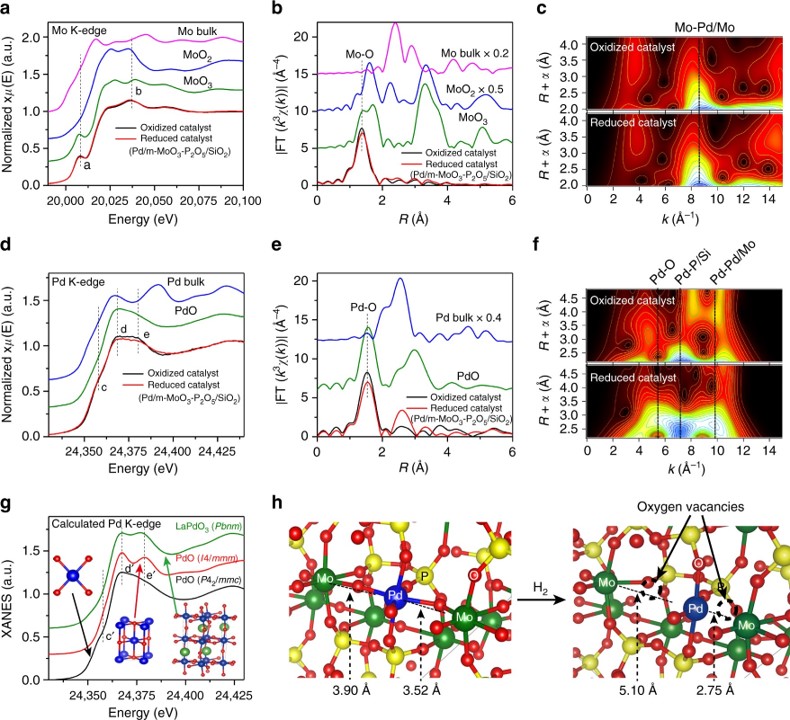83. Electrocatalytic Ethylene Glycol to Long-Chain C3+ α‐Hydroxycarboxylic Acids via Cross-Coupling with Primary Alcohols
Qiujin Shi, Yu-Quan Zhu, Xiang Liu, Bo-Jun Yuan, Wengio Tang, Xi Wang, Ruo-Pu Li, Haohong Duan*
J. Am. Chem. Soc. 2025.
DOI: 10.1021/jacs.5c04034

Abstract
Electrocatalytic conversion of ethylene glycol (EG) into α-hydroxycarboxylic acids (α-HCAs) holds great importance for advancing sustainable chemical development since EG is widely accessible in polyethylene terephthalate (PET) plastic and biomass. Herein, we report the direct electrocatalytic cross-coupling of EG and primary C1–C4 alcohol, producing carbon-chain-propagated C3–C6 α-HCAs over a gold (Au) catalyst. Taking EG and methanol (MeOH) cross-coupling to lactic acid (LA) as an example, experimental evidence shows that stabilization of the aldehyde intermediates (glycolaldehyde and formaldehyde from EG and MeOH, respectively) without overoxidation is important for the following cross-coupling via aldol condensation and thus LA formation. Based on this understanding, we systematically modulate the catalyst and reaction conditions, achieving a high LA productivity of 268.1 μmol cm–2 h–1 with a Faradaic efficiency of 28.7% at a constant current of 100 mA cm–2. The carbon-chain propagation strategy shows generality for EG cross-coupling with C1–C4 primary alcohols, successfully producing C3–C6 α-HCAs. As a proof of concept, a postconsumer PET bottle is converted to LA with a good productivity of 224.5 μmol cm–2 in a 2 h electrolysis. This work demonstrates the possibility of the electrocatalytic strategy to convert EG into long-chain compounds via C–C bond cross-coupling, representing a crucial step toward building a sustainable society.




